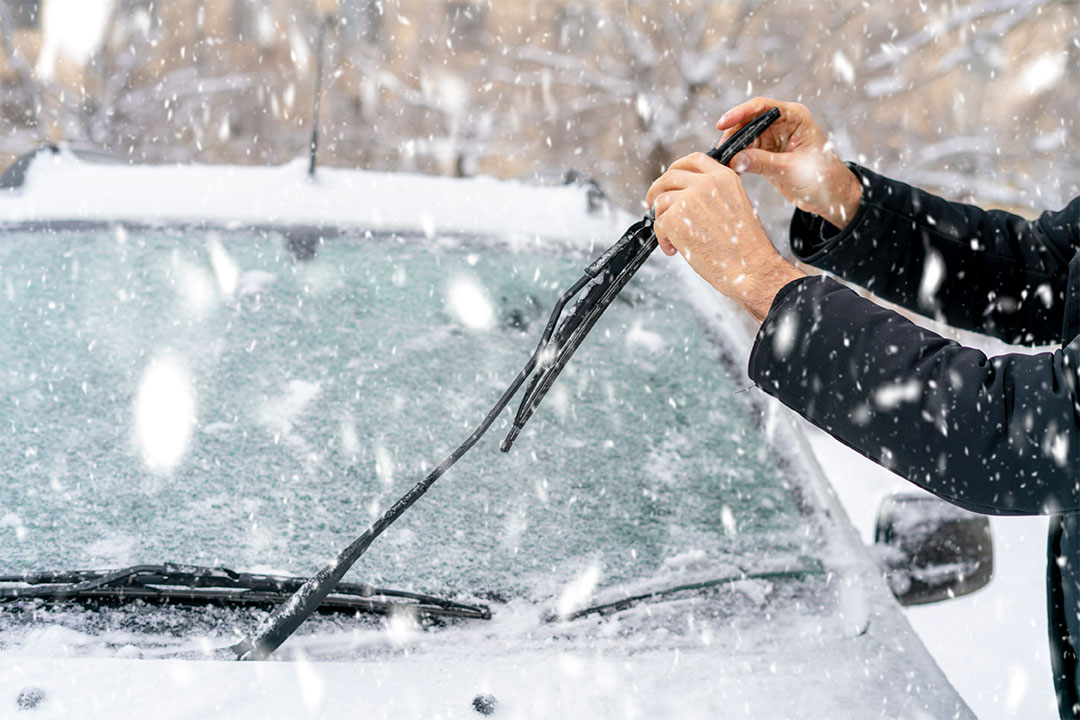- The following tips can keep you and your car in the best possible shape as you drive in cold, snowy, and icy weather during the winter months:
- Windshield wipers: Ineffective wipers make it impossible for you to see well through your windshield while driving. That makes it a safety hazard. Swap them out for new ones as soon as you see that they aren’t working as well as they ought to.
- Warming up a cold engine: This is probably fine, although it does use extra gas, as long as you limit the warm-up time to a couple of minutes. After that, however, idling can cause buildup on spark plugs. The buildup makes them less efficient.
- Tires: Make sure your tires can handle the change in weather. Choose winter tires or all-season tires. Winter tires are best, but they wear out quickly. All-season tires are a reasonable compromise. Summer tires don’t perform as well when the temperature falls below 44.6 degrees Fahrenheit. The cold affects the way they handle, and it also makes it harder for you to brake.
- Air pressure: Cold weather affects the air pressure in your tires. In fact, a temperature drop of 10 degrees can reduce the tire pressure by one PSI (pressure per square inch). It’s a good idea to keep a pressure gauge in your car so you can check tire pressure if the tires look a little flat.
- Protecting against intense sunlight: Many people use a car sunshade inside the front windshield during the summer in order to keep the car cooler than it would be otherwise. However, sunshine does more than increase the temperature. It can also damage your dashboard. Using a car sunshade when the sun is out on winter days is as good an idea as it is in the summer.
- Gas tank: Keeping a full gas tank is a good idea during the winter. If there is moist air in an almost empty tank, that can freeze and crystallize, introducing the possibility of ice in your car’s fuel lines.
- Clearing ice from your windows: Even though it might be tempting to pour a bucket of hot water on a frozen windshield, there’s a good chance you might end up with a cracked windshield. The best way to clear ice and snow from your car is by using an ice scraper.
- Steering on ice: If you are on ice and you brake hard, you will put your car into a spin. Instead, turn the steering wheel in the same direction you are sliding and then gently tap the brake with your foot.
- Driving too fast: Bad weather conditions can be more dangerous than they seem. Drive more slowly than usual in order to make sure you can stay in control of your car. How slow is slow enough? It depends on the situation, but the maximum (even on a highway) should be less than 45 mph, and possibly much slower than that. If you notice the car fishtailing or sliding, that means you are going too fast.




